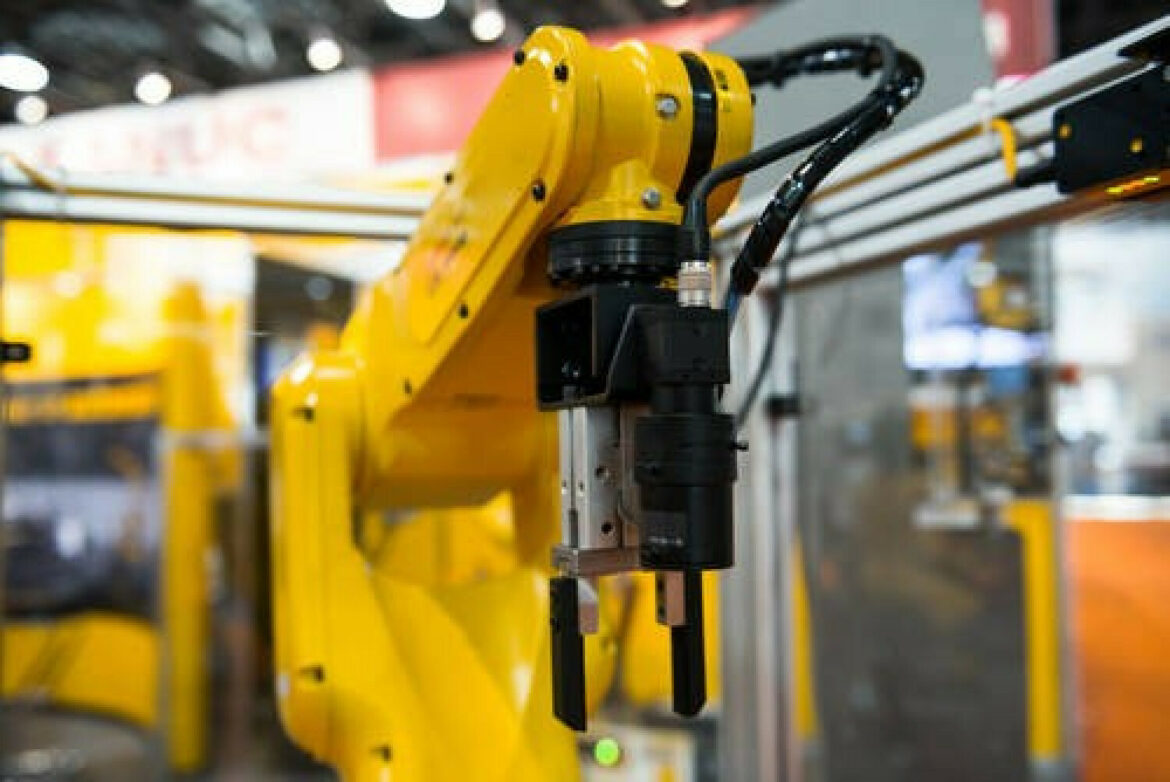The COVID-19 pandemic has slowed the robotization of the European economy. Compared to the record-breaking 2018, the number of newly installed industrial robots in the EU decreased by 27% in 2020. In Poland, a particularly marked decrease took place in the automotive industry that in 2020 installed 42.2% less industrial robots compared to 2019 – informed the report of the Polish Economic Institute (PIE) on robotization.
PIE emphasizes that the pandemic increased the awareness of the management staff of Polish enterprises about the positive role of robotization and automation.
Ignacy Święcicki, head of the digital economy team at the Polish Economic Institute emphasizes that the in-depth interviews conducted by PIE with people holding managerial positions in the surveyed companies show that companies increasing the use of industrial robots will also increase employment. Robotization increases the productivity and competitiveness of enterprises and translates into a greater number of orders. It also makes companies report the need for better-qualified employees, while the demand for less qualified employees decreases.
The main recipient of industrial robots is the industrial processing industry that uses them on the largest scale. In Poland, the industrial processing department uses an average of 42 industrial robots per 10 thousand employees and Poland is in 16th place in the EU in this respect.
The most robotized sector in the Polish industry is the production of rubber and plastic products (177.8 robots per 10,000 employees). The number of robots in the automotive industry is also increasing (currently 165.5 robots per 10,000 employees). The pharmaceutical industry is also rapidly robotizing (currently 111 robots per 10,000 employees).
Adrian Andrzejewski





